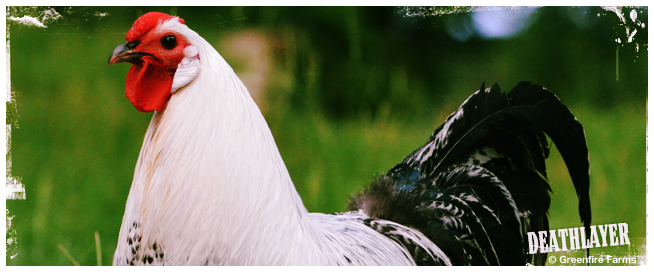The Deathlayer is a very proficient layer and with its tight cushion comb, iridescent greens and purples in its black feathers, luxuriant tail, and totally black doll eyes it can easily compete among the most beautiful chickens on the planet.
| Item | 1+ | Quantity |
|---|---|---|
| Gold Deathlayer Day-Old Chick Unsexed | 59.00 | |
| Gold Deathlayer Eggs | 10.00 | Sold Out |
| Silver Deathlayer Day-Old Chick Unsexed | 59.00 | |
| Deathlayer Eggs | 10.00 | Sold Out |
As a chicken the Deathlayer seems to have it all: the coolest breed name in all of poultrydom, spectacular good looks, and a history in its native Germany that goes back more than 400 years. How did it merit being called a Deathlayer, a name that is metal to the core? There are two competing theories. A literal translation of its German name, Totleger, means “death layer.” One theory has it that the name was bestowed because the hens of this breed are so productive they lay an egg each day until the day they die. The second theory – less sensational but probably more accurate -- is that the breed was first described by a different name in low German (Dauerleger or, literally, “day layer”), and over the centuries this name morphed into Totleger. Either way, what cannot be denied is that the Deathlayers do lay a large volume of medium-sized white eggs, and their remarkable appearance is like having visiting royalty in your chicken coop.
Greenfire Farms is the original importer of this breed into the United States. The breed has two color varieties – gold and silver — and we have imported both. Our silver line was first imported in 2016, and the gold line in 2019. Each line was sourced directly from Germany where this once popular bird's population has declined over the centuries. A recent census in Germany put the total registered population at about 1,500 birds. We are hoping that their utility value will be received enthusiastically by American fanciers so that, together, we can protect the rare and valuable features of this breed. They are a phenomenally active free-ranging breed and are sure to become a favorite with small-scale egg producers and backyard hobbyists. But, if aesthetics are driving your choice, it is hard to imagine a more beautiful rooster than the Deathlayer. With its tight cushion comb, iridescent greens and purples in its black feathers, luxuriant tail, and totally black doll eyes, in looks the Deathlayer can easily compete among the most beautiful chickens on the planet.
Appearance and Behavior
We've said it once and we'll say it again - it's hard to imagine a more beautiful rooster than the Deathlayer. A fully mature rooster will showcase a beautiful tail with long sickle feathers and iridescent feathers. Their dark eyes are also a striking feature that in a way, seems like when they look at you they are looking deep into your soul. Both the silver and gold varieties display a pencilled feather pattern, small comb, white earlobes, and gray legs. The breed is clean-legged. They are typically between 5 to 6 pounds for the roosters and between 3 to 4 pounds for the hens. The hens will normally lay about 4 eggs per week on average which is about 200 to 250 medium-sized, white eggs per year. The hens will lay for a very long time and hence their name, typically will lay up until they die.
The Deathlayer is a very flighty breed and doesn't do well in a small coop. You need a large run or the ability to free-range them. If you try to keep them in a small coop we think you will quickly realize that neither you nor the birds will be happy - as the birds will frequently fly up or frantically pace, most of the time with a lot of vocalizations. But you will find that if they have a lot of space you will both be much, much happier. The hens don't typically go broody so if you plan to hatch chicks, you will need to invest in an incubator.
Breed Standard
You can view the European breed standard by visiting this link, just a heads up you'll need to translate it to Enlgish - Westfalische Totleger
Hatching Eggs
We incubate at 99.5F and 55% humidity. The Deathlayer typically has outstanding viability and hatches extremely well. Most chicks hatch right at day 21 but we have seen a few chicks hatch a day or 2 late. So definitely plan to keep eggs in the hatcher an extra day or 2 just to make sure all of the chicks have time to hatch. We have noticed that our lines are producing chicks that grow into birds with light yellow coloring, this is pretty noticeable on hatch day. A typical silver chick has a lot of gray fluff and gold chicks have a lot of very dark red-brown fluff. Scroll to see the images on this page for an example of how both of the chicks should look. The chicks that grow to be light yellow or lemon tend to have yellow fluff on the silver chicks and light brown if hatching gold chicks. Also, inspect the chick's legs to ensure every chick is clean-legged. You will need to make culls if hatching eggs from this breed.
Breed Defects or Issues
This breed is fragile during the grow-out stage (chicks and juveniles). We also highly recommend that you vaccinate any chicks you hatch for Marek's disease or if you order chicks from us, select to have your chicks vaccinated. This breed tends to be highly susceptible to the virus.
| Egg Color | white |
| Egg Size | Medium |
| Average number of eggs per year | 200 - 250 |
| Gamefowl | no |
| Country of Origin | Germany |
| Also called | Westfalische Totleger |
| Cold tolerant | no |
| Year of import(s) | 2018 |
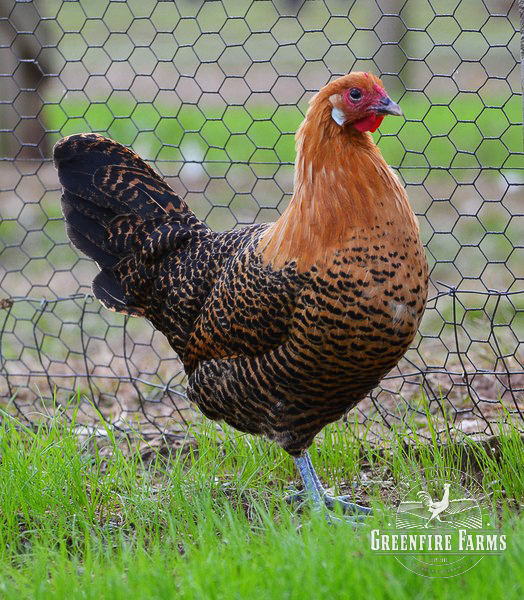
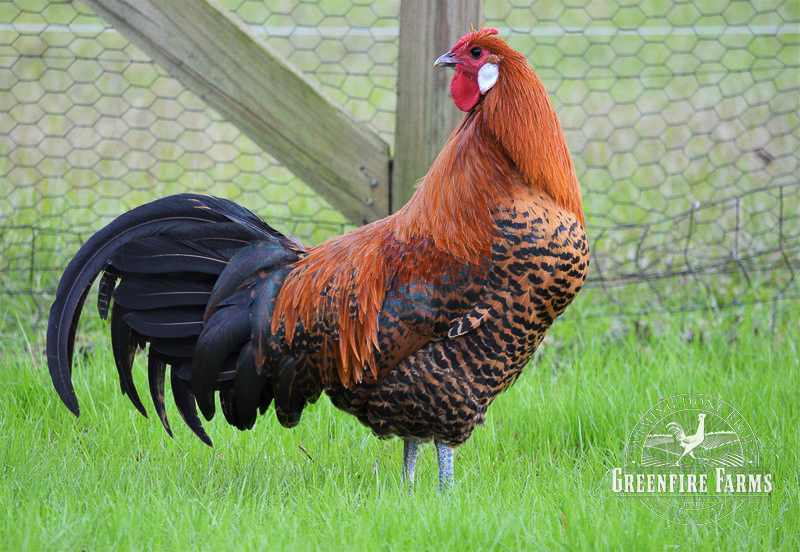

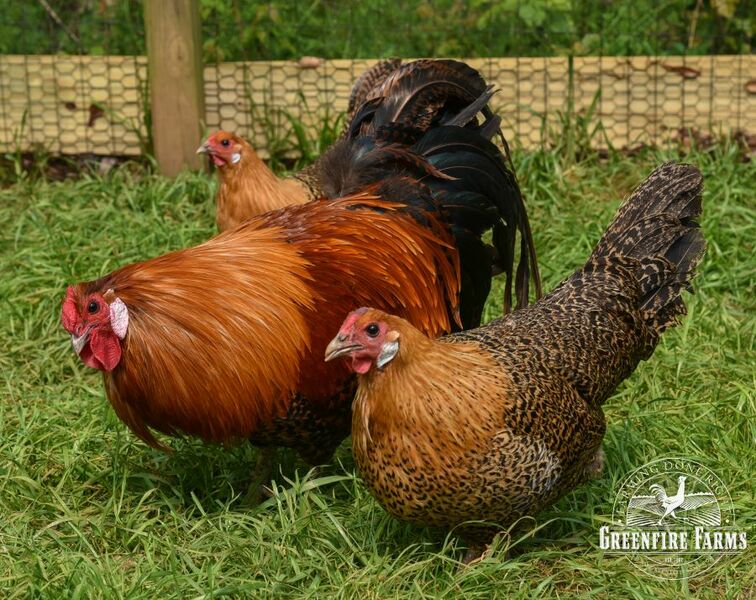

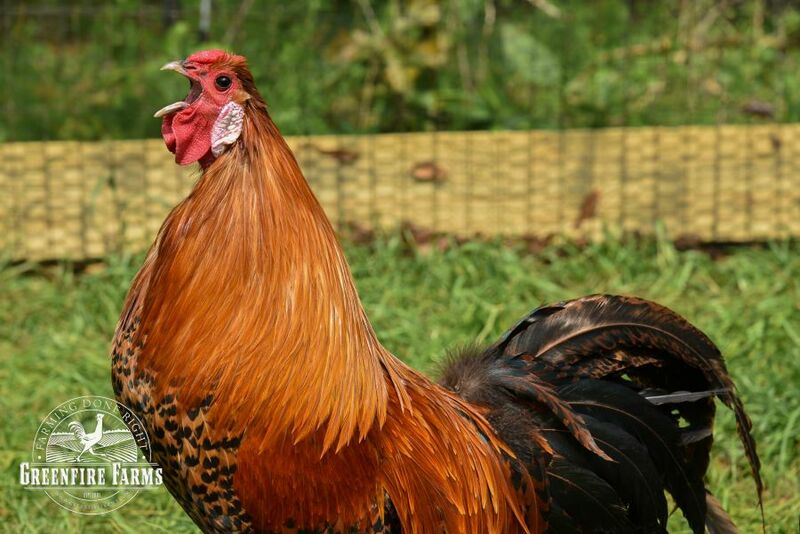
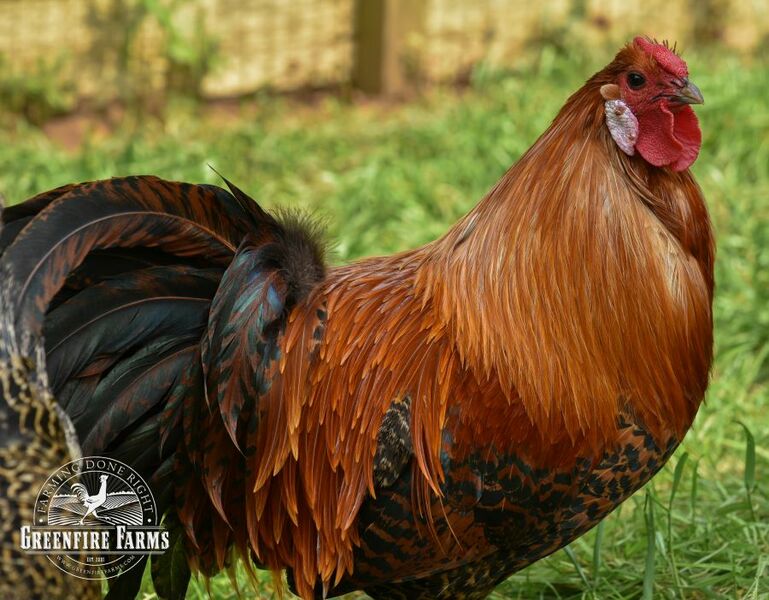
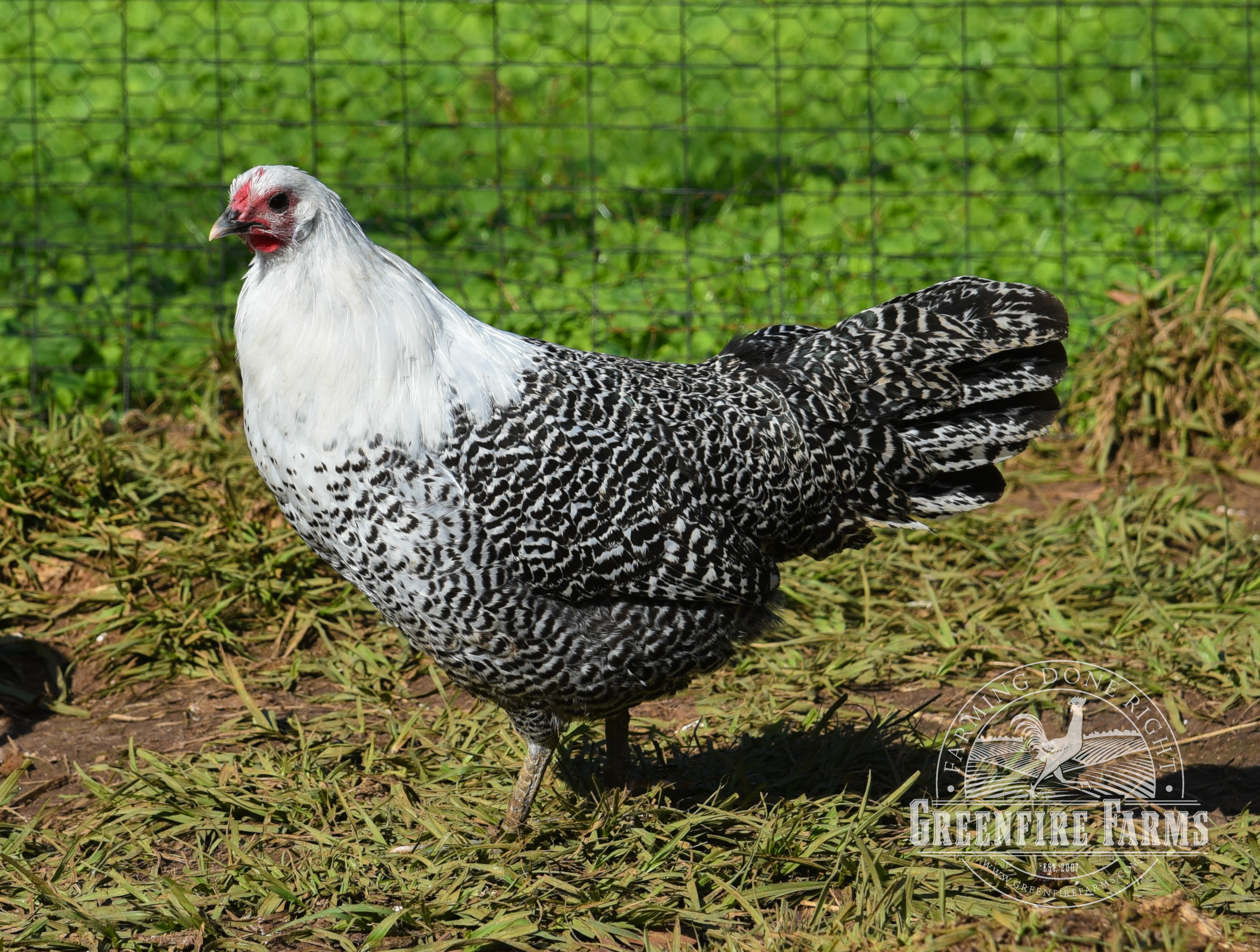

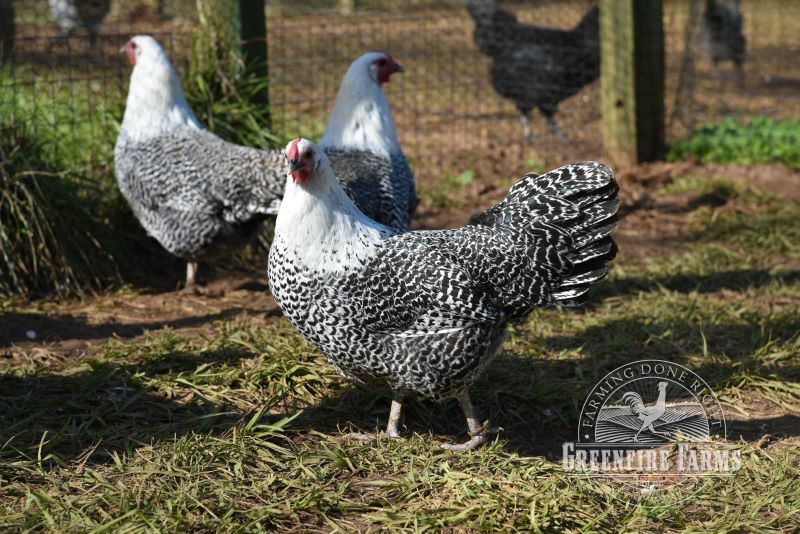
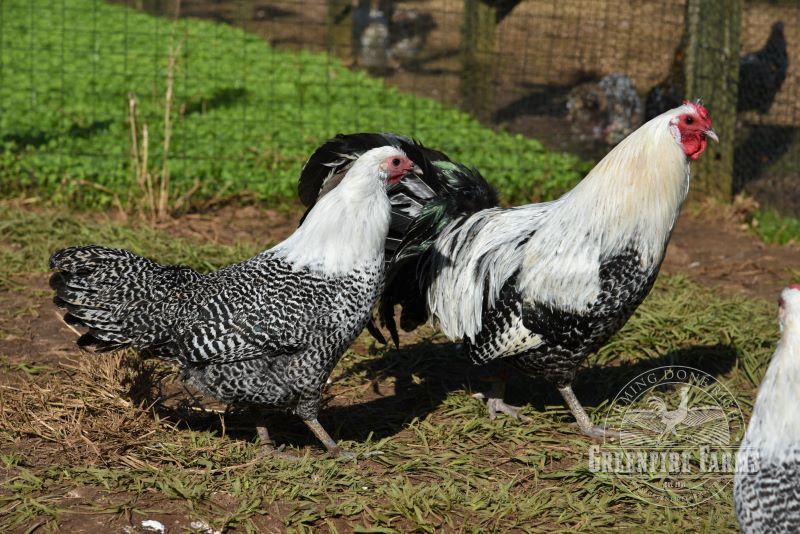
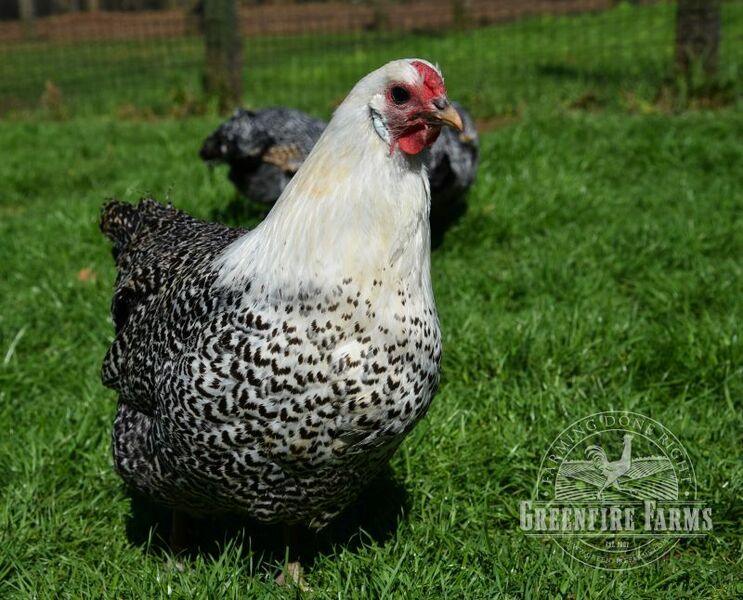
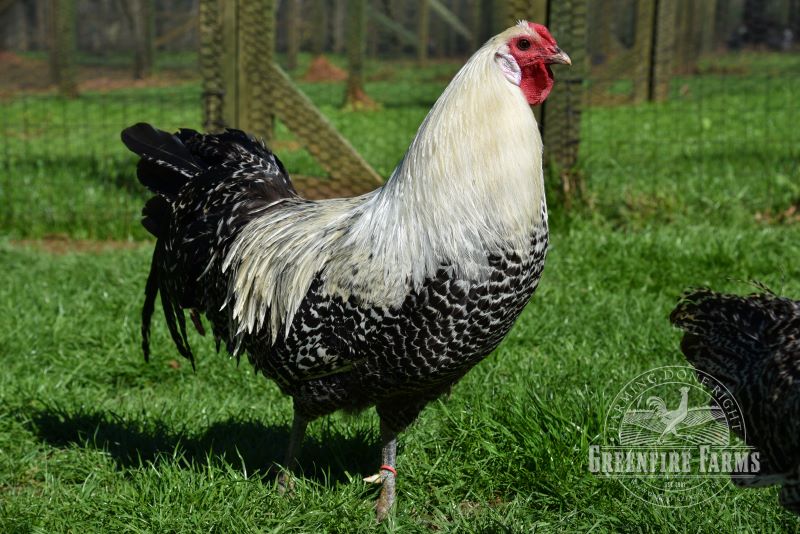
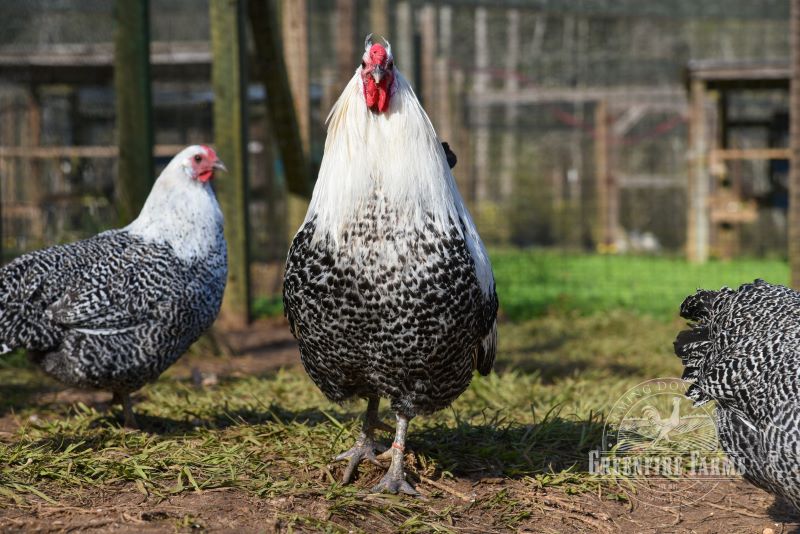
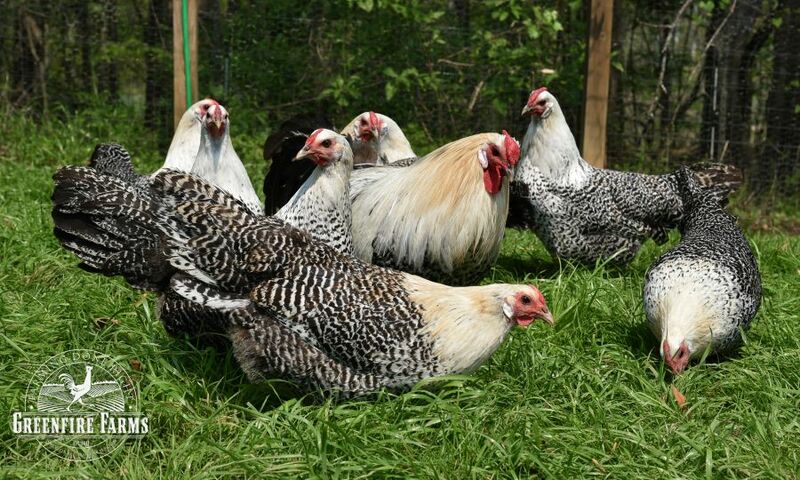

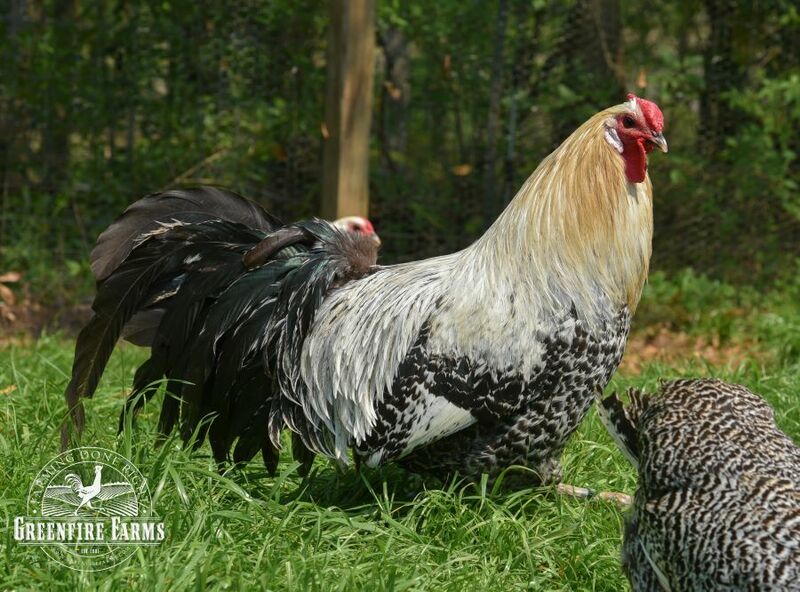
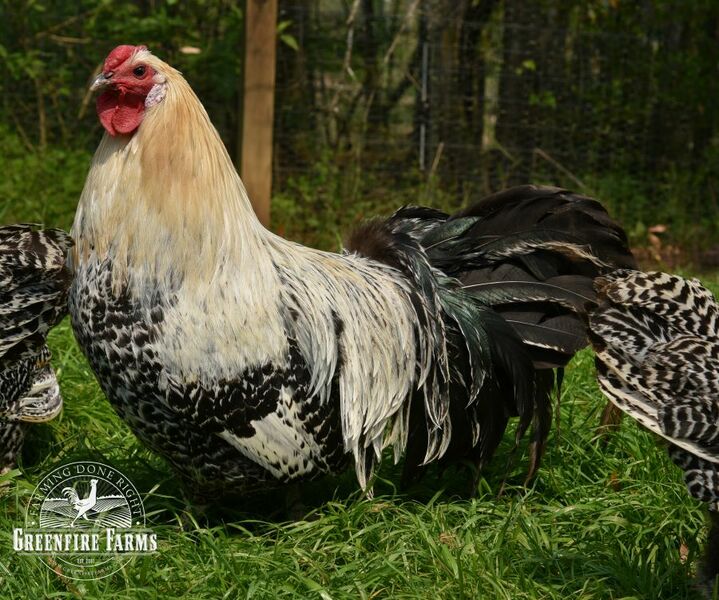
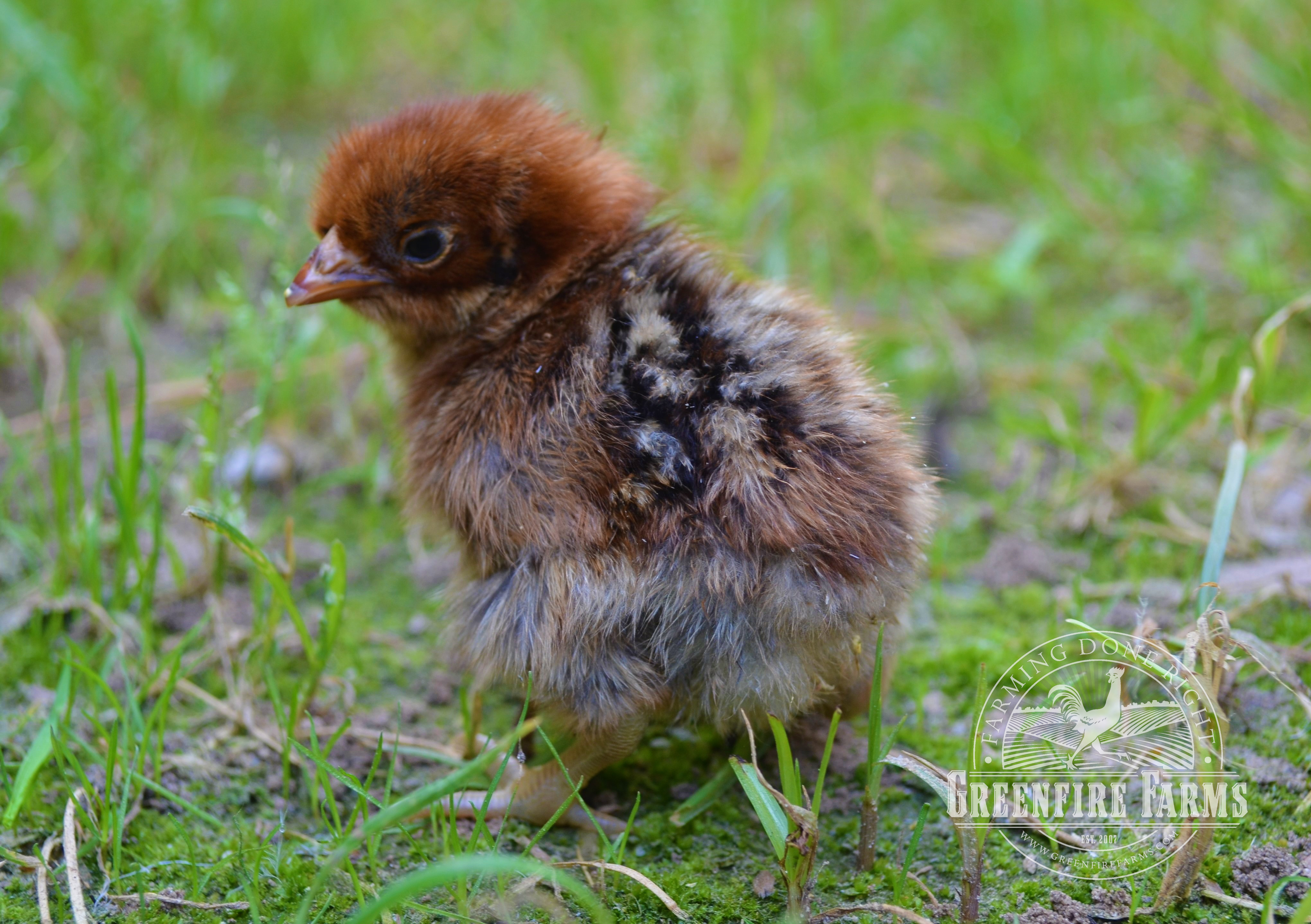

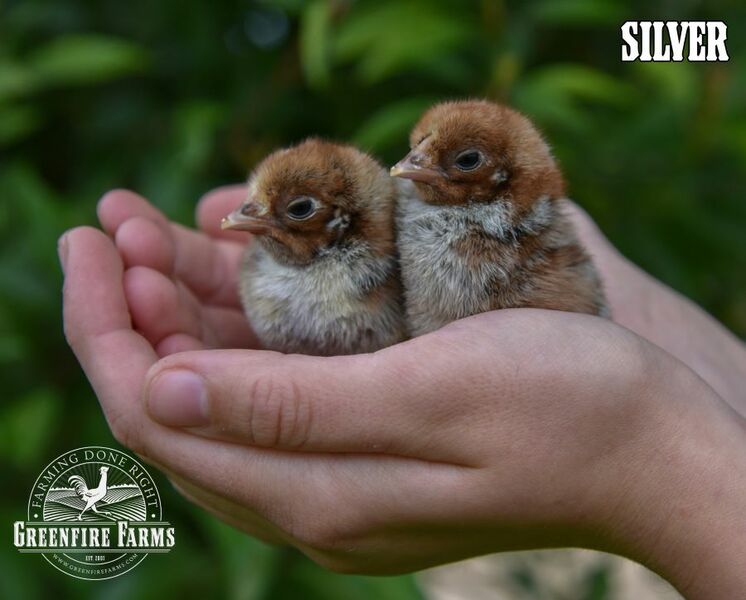
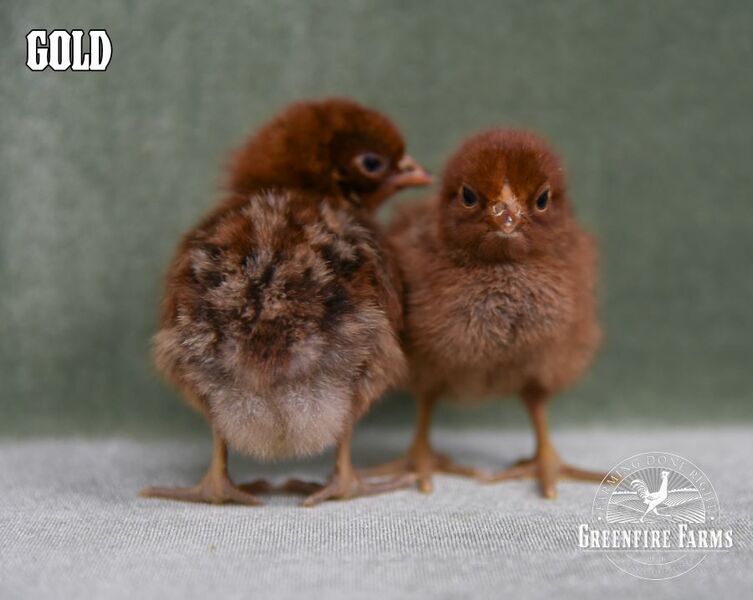
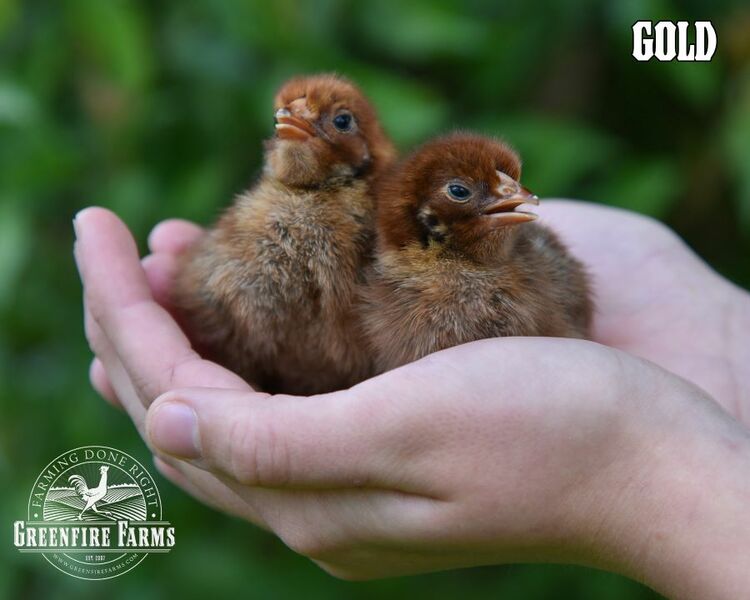
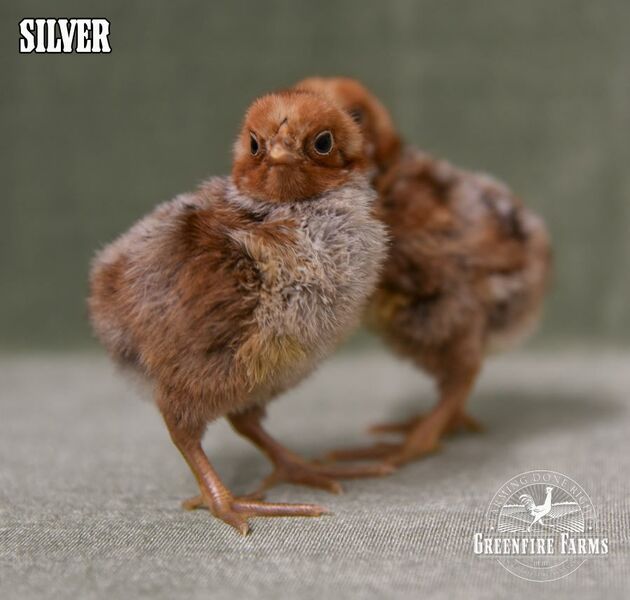


 Cart:
Cart: 

